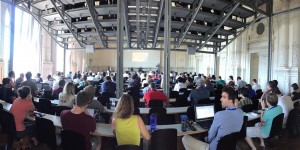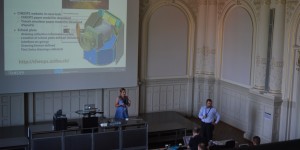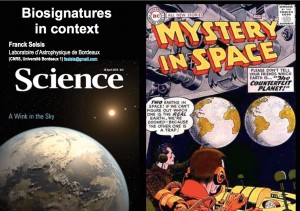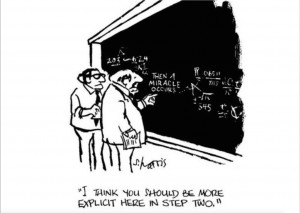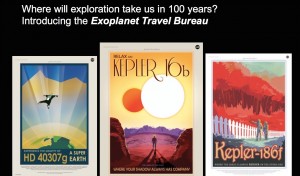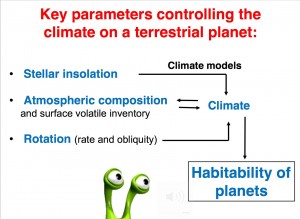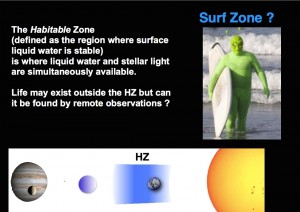Conference on habitable planets
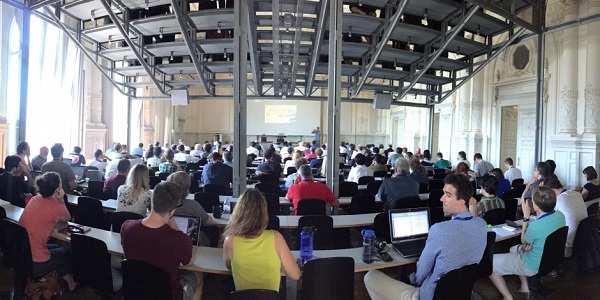
„To search for anomalies is the best available strategy to discover the forms of life – on Earth and elsewhere“, concluded Marie-Cristine Maurel, Professor at the University Pierre et Marie Curie in Paris who presented a biologist view on biodiversities and habitabilities at the Pathways conference in July 2015 in Bern. Marie-Cristine Maurel is convinced that life elsewhere is completely different. Even on Earth, the history of life could have had a different result, she said: “If life were to again take the path it followed billion years ago, nobody can certify that it would take the same path, leading to the same species, the same types of cells, the same history, or would not have followed the same itinerary.”
Pathways is dedicated to identifying the steps needed in the search of habitable worlds around other stars, and the characterization of their atmospheres with the goal of detecting signs of biological activity. Its aim is to help integrate the prospective efforts in Europe and in the US, build a community of astrophysicists, biologists, planetary scientists and instrument scientists around this topic, and bring together several pathways towards that final goal.
185 participants gathered in Bern from July 13 to 17, 2015. “I was surprised to see people from so many different countries”, says Janine Jungo member of the local organizing committee. About a quarter of the participants (46) came from the US, 25 from Switzerland and 88 from Western European countries. But there were also scientists who travelled to Bern from Hungary, Poland and Ukraine, from South America, Australia, Japan, China, Israel and the United Arab Emirates.
“Transit spectroscopy of an exoplanet has been a true revolution during the past ten years”, said Thérèse Encrenaz from the Paris Observatory. Although most of the discovered exoplanets are “exotic” with regard to our solar system, the experience gained in the study of the solar system planets can be used for trying to understand the physical nature of exoplanets. “Under some simple hypotheses like thermochemical equilibrium and absence of migration, it is possible to make simple predictions about the nature of the exoplanet’s atmospheric composition, on the basis of the planet’s mass and its equilibrium temperature”, Thérèse Encrenaz explained, but she warned: “Thermoequilibrium is not a condition that applies everywhere.” First results from transit spectroscopy on hot Jupiters showed temperature inversion and departure from thermochemical equilibrium. The scientist’s message: “Let’s go step by step: the spectroscopy of exoplanets will improve as in the case of the solar system planets. And: Let’s try to understand the whole variety of exoplanets first.”
Although the conference took place during one of the hottest weeks in Bern with temperatures above 30 degrees, the speakers presented some pretty cool slides. Have a look at a (non-representative) selection:
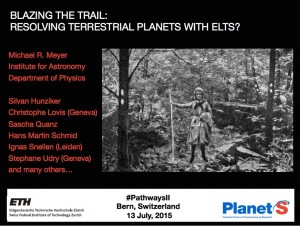
For more information, please visit the Pathways Homepage: http://pathways2015.sciencesconf.org/
Categories: Events, News

